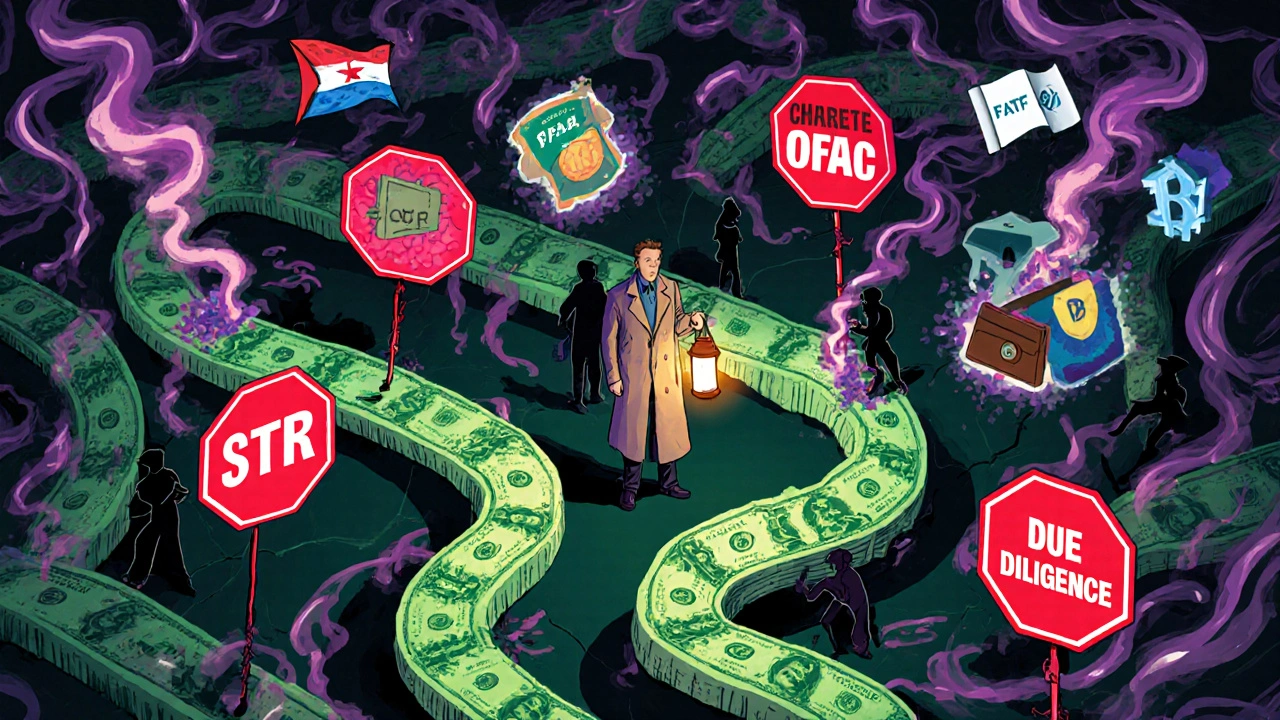Counter-Terrorist Financing: How Financial Systems Stop Illicit Funds
When we talk about counter-terrorist financing, the set of laws, tools, and practices designed to prevent money from reaching terrorist groups. Also known as CTF, it’s not about stopping legal transactions—it’s about spotting the hidden ones that fund violence. This isn’t just government work. Banks, payment apps, and even crypto platforms have to play a role. If a transfer looks odd—small, frequent, going to high-risk regions, or tied to shell companies—it gets flagged. That’s the baseline.
Counter-terrorist financing works hand-in-hand with anti-money laundering, rules that catch dirty cash from drugs, fraud, or corruption. Also known as AML, it’s the bigger system CTF rides inside. Think of AML as the net and CTF as the specific thread that catches terror funding. Regulators like the Financial Action Task Force (FATF) set global standards, but enforcement happens locally. A U.S. bank might freeze a $500 transfer to a Yemeni contact because it matches a known pattern. A fintech in India might block an app-based remittance if the sender’s ID doesn’t match their transaction history. These aren’t random checks—they’re automated alerts based on real data from past cases.
What makes this tricky? Terrorists don’t use big wire transfers. They use small, scattered payments. A $20 donation here, a $30 top-up there, spread across ten different apps. That’s why modern systems look at behavior, not just amounts. If someone suddenly starts sending $25 every Tuesday to three different accounts in Somalia, that’s a red flag—even if no single transaction breaks any limit. Fintechs are now building tools that track these patterns in real time, using AI to spot what humans might miss. And it’s not just about international transfers. Domestic funding matters too. A local business selling fake charity goods to raise cash? That’s CTF territory.
You won’t see most of this work. But if you’ve ever been asked to verify your identity when sending money overseas, or if your business account got a compliance check after a few unusual payments, that’s counter-terrorist financing in action. It’s not about suspicion—it’s about systems that protect everyone by stopping the bad actors before they move money. The goal isn’t to slow down normal finance. It’s to make sure the system doesn’t get hijacked.
Below, you’ll find real examples of how financial tools, compliance rules, and digital platforms are adapting to these threats—without breaking trust for everyday users. These aren’t theoretical policies. They’re live systems changing how money moves, who gets access, and how fast decisions get made.
